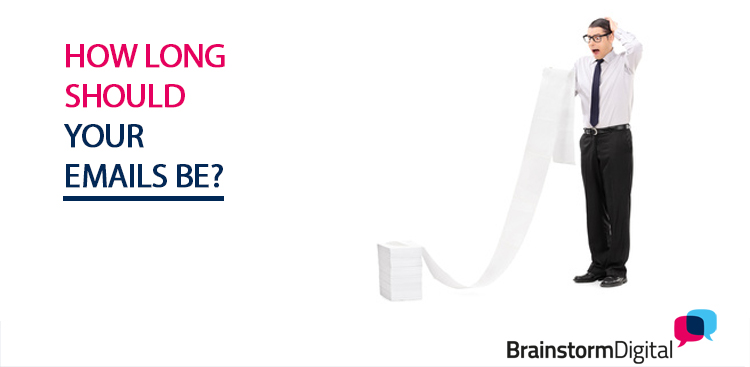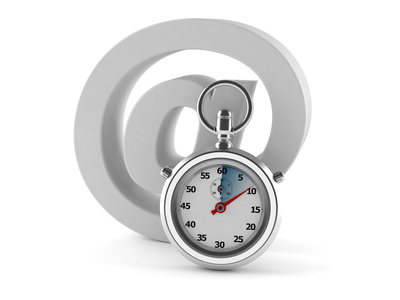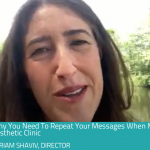
If you wanted to write an article on LinkedIn that got widely read and shared, how long would you make it? (Assuming, of course, the quality was excellent in every case….)
300 words…?
800 words…?
2,000 words…?
6,000 words…?
In our culture, there’s a natural assumption that “short is sweet” and that if you want to grab people’s attention in today’s busy world, you need to keep your copy as concise as possible.
So it’s quite likely that you guessed 300 or 800 words…
That’s not what the research shows, though.
Study after study shows that longer-form posts are more likely to be shared on social media, and more likely to rank higher on Google.
So 2,000 or 6,000 would be good bets….
People like reading meaty material and it takes time and space to develop interesting, valuable ideas and content.
Even Twitter – which for years restricted the length of messages to 140 characters – recently doubled its character limit to 280.
The myth of shorter emails
I’m bringing this up because in the last few days, when discussing email marketing best practice, two people have separately told me: “Oh, and of course you have to keep your emails short.”
They believe their readers have pressing schedules and short attention spans, and are afraid that longer emails won’t get read.
They don’t want to annoy or bore people.
Or they are worried about appearing unprofessional.
Shorter, punchier emails feel like a safer bet.
But it’s really not that straightforward.
Sometimes shorter emails are appropriate, and you should never, ever make your emails longer than they need to be. No one wants to read a ramble.
But nor should you be afraid of longer copy.
A 7,000-word email?
When you write to sell, a longer email can have more impact – as long as the email is structured well.
If you’re selling a significant product or service, it’s difficult to persuade someone to buy in 200 words. You need time and space to build your case – to establish the facts, make your readers want what you are selling, answer their objections and engage with their emotions.
And of course, to tempt them onto your landing page (where often, the heavy selling takes place).
You can do this over several emails, but individual emails can be quite long too. We’ve sent many that are above 1,000 words that have performed nicely.
Recently, I interviewed a new writer for our team, who told me that he wrote a 7,000-word sales email for one of his previous clients, a company that is well-known for its effective marketing.
I admit that sounded like a lot even to me, but the point is this.
It’s about your fears, not your readers’ attention spans
Most business owners would never dare write that much. And that has very little to do with what their readers can tolerate or will respond to, and a lot to do with their own fears and insecurities.
The only way to know for sure is to rigorously test what works with your audience.
By the way, even our non-salesy emails tend to run to 450-700 words. When we first tell new clients this, they sometimes balk: “Can’t we limit it to 300?”
They quickly learn that as long as you’re relevant and engaging, people will read you to the end.
What is your opinion? Do you think that longer emails work, or do you disagree? Let me know in the comments below.









